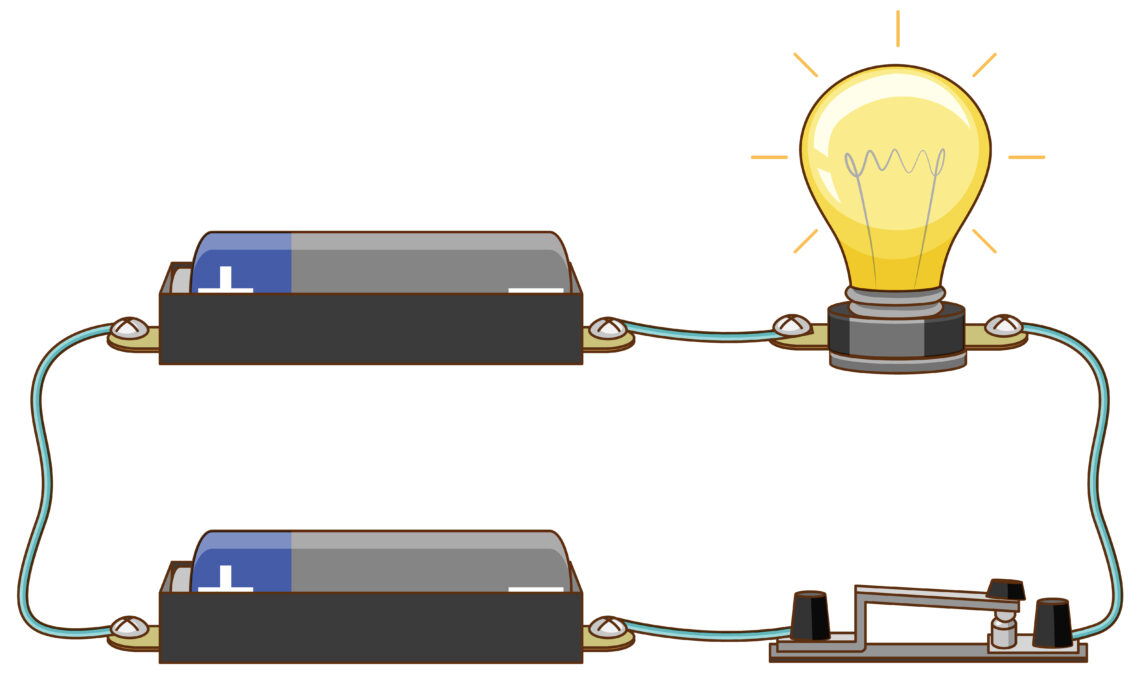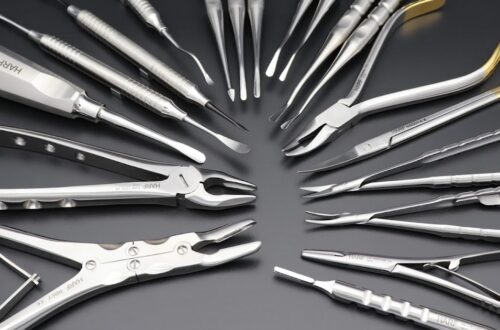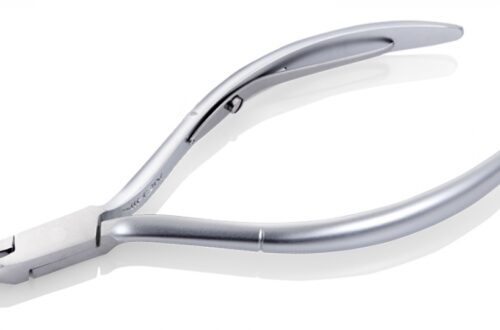Nonpolar capacitors stand as pivotal components within electronic systems, wielding the capability to store and release electrical energy without the constraints of specific positive or negative terminals. Their intrinsic design, differing from polar capacitors, offers possibilities for augmenting capacitance, fortifying voltage ratings, and refining frequency responses within diverse electronic circuits.
Understanding the Essence of Nonpolar Capacitors
Definition and Core Characteristics
Nonpolar capacitors, devised to function without a set polarity, comprise two conductive plates ensconced within a dielectric material. This dielectric defines not only the capacitance but also delineates other pivotal characteristics governing their operational efficacy.
Diverse Spectrum of Nonpolar Capacitors
Ceramic Capacitors: Employing ceramic as their dielectric, these capacitors boast small dimensions, cost-effectiveness, and a repertoire of capacitance values. Their prevalence thrives in high-frequency applications, serving as a cornerstone in numerous electronic setups.
Film Capacitors: These capacitors, adorned with a thin film as their dielectric, offer stalwart capacitance stability, minimal leakage currents, and commendable frequency responsiveness. Their utility spans power supplies and motor control circuits, making them versatile.
Electrolytic Capacitors: Harnessing an electrolyte as their dielectric, they parade high capacitance values, primarily finding their niche in power supply circuits and audio systems.
Unveiling the Need How To Combine Non Nonpolar Capacitors
Augmenting Capacitance
Pooling nonpolar capacitors in parallel serves as a productive technique to amplify the overall capacitance within a circuit, a boon mainly when larger capacitance values are requisite.
Fortifying Voltage Ratings
By amalgamating nonpolar capacitors with disparate voltage ratings, circuits garner the prowess to grapple with elevated voltage levels, reinforcing their resilience.
Refining Frequency Responses
The fusion of nonpolar capacitors endowed with distinct frequency responses can orchestrate a harmonious and desired frequency response in various electronic domains, especially in audio systems.
Stepwise Approach to Combine Nonpolar Capacitors
1. Sourcing Capacitance and Voltage Specifications
Identify the precise capacitance and voltage prerequisites imperative for the targeted circuit’s optimal functionality.
2. Cherry-Picking the Ideal Capacitors
Handpick capacitors are resonating with fitting capacitance values and voltage ratings in alignment with the circuit’s demands.
3. Seamless Parallel Connection
Adjoin the positive terminals of the capacitors and, similarly, the negative terminals, a manoeuvre culminating in an upsurge of the overall capacitance.
4. Precision in Polarity and Orientation
While nonpolar capacitors lack a predetermined polarity, aligning the positive and negative terminals assures uniformity and facilitates troubleshooting.
5. Rigorous Testing and Measurement
Execute a meticulous assessment of the composite capacitance utilizing suitable measuring devices to ascertain its alignment with the designated prerequisites.
Best Practices for Seamless Integration
Tolerances and Matching
Aspire for capacitors boasting akin capacitance values and tolerances, enhancing compatibility and bolstering performance.
Environmental Considerations
Factors in the operational temperature scope and environmental nuances are pivotal in influencing the combined capacitors’ longevity and efficiency.
Mitigating Parasitic Effects
Mitigating detrimental influences like inductance and connection resistance ensures precision in capacitance values and fosters peak circuit performance.
Preventing Overvoltage and Overcurrent
Safeguard the integrated capacitance from surpassing individual capacitors’ voltage and current thresholds, preempting potential damages or failures.
Pioneering Applications of Combined Nonpolar Capacitors
Audio Systems
Embedded within audio amplifiers and filters, amalgamated nonpolar capacitors elevate frequency responses, culminating in amplified audio quality.
Power Supply Circuits
These capacitors find eminence in rectifying voltage ripples and fortifying stability within power supply circuits.
RF and Wireless Communication
In the realm of RF filters and matching networks, How To Combine Non Nonpolar Capacitors optimize signal transmission and reception.
Industrial and Automotive Electronics
Their deployment spans industrial control systems and automotive electronics, fortifying performance and reliability.
Concluding Insights on Nonpolar Capacitor Fusion
Pooling nonpolar capacitors burgeons circuit flexibility, amplifies capacitance, fortifies voltage ratings, and fine-tunes frequency responses, thus manifesting superior performance and adaptability within electronic domains.
FAQs: Navigating the Realm of How To Combine Non Nonpolar Capacitors
Q1: Can I Combine Non Nonpolar Capacitors with different capacitance values?
A1: Yes, connecting these capacitors in parallel sums up their capacitances, allowing varied capacitance values to coexist.
Q2: Can I combine nonpolar capacitors with varying voltage ratings?
A2: While aligning similar voltage-rated capacitors is advised, connecting a lower-rated capacitor with a higher-rated one is feasible under controlled conditions.
Q3: Does capacitor tolerance matter while combining nonpolar capacitors?
A3: Opting for capacitors with akin tolerances augments consistency in performance, a pivotal aspect in the fusion process.
Q4: Can different types of nonpolar capacitors be combined?
A4: Yes, amalgamating diverse nonpolar capacitors is plausible; however, meticulous consideration of their distinct attributes is crucial for compatibility.
Q5: Is it advisable to Combine Non Nonpolar Capacitors with polar ones?
A5: Combining these distinct capacitors can precipitate circuit malfunction or damage; it is generally discouraged.
Q6: Can nonpolar capacitors be combined for both AC and DC applications?
A6: These capacitors can seamlessly operate within AC and DC realms, contingent upon suitable selection for the intended use.
Q7: How can one measure the composite capacitance of nonpolar capacitors?
A7: Utilizing a capacitance meter or a commensurate measuring device aids in computing the total capacitance across integrated terminals.
Q8: Can the amalgamation of nonpolar capacitors bolster overall circuit performance?
A8: Indeed, the fusion accentuates capacitance, fortifies voltage ratings, and refines frequency response, augmenting overall circuit performance.
Q9: What safety precautions are imperative when combining these capacitors?
A9: Overvoltage and overcurrent mitigation, polarity adherence, and cautious handling mitigate potential electrical hazards.
Q10: Can combined nonpolar capacitors be repurposed in disparate circuits?
A10: Repurposing these interconnected capacitors in other circuits is plausible if the specifications align.





